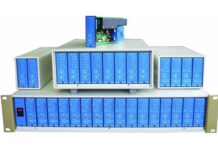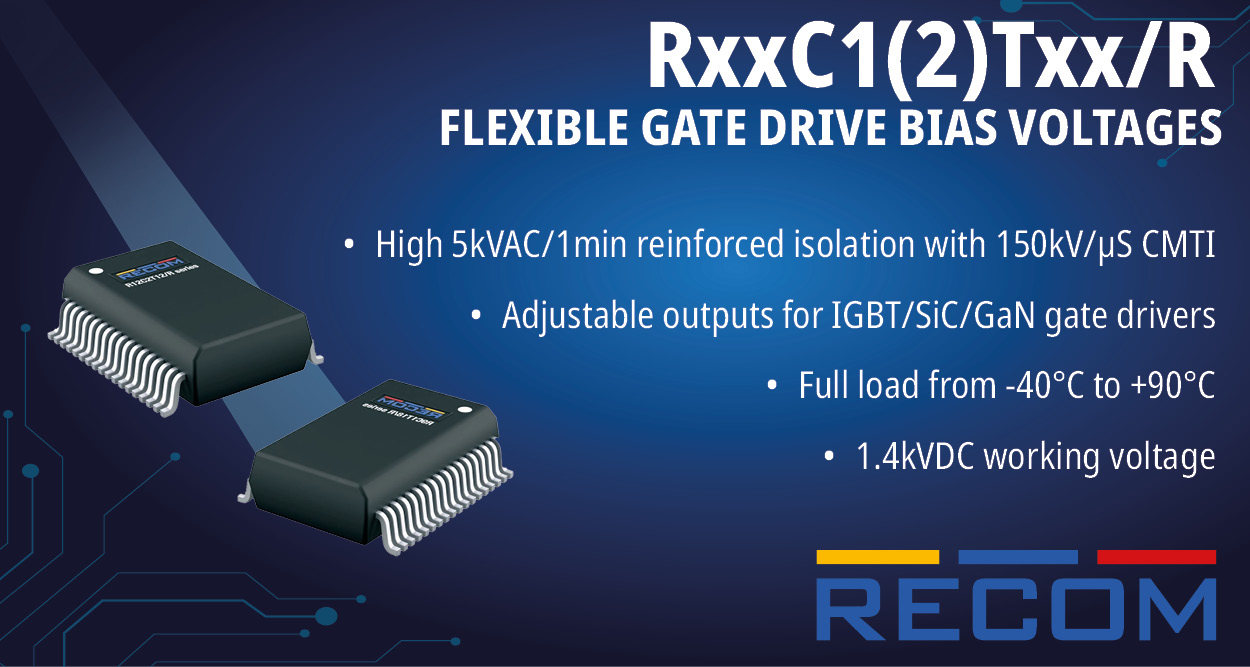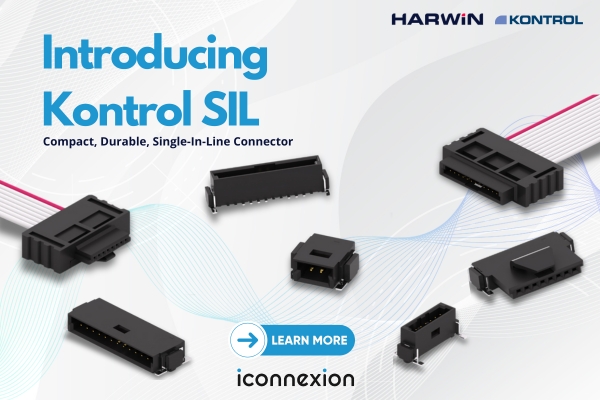Introduction
The growing interconnectedness of manufacturing facilities, supply chains and last-mile logistics increases the demand for real-time data processing and autonomous control. Although the traditional cloud-based systems have laid the foundation for a digital revolution, they often face latency and bandwidth limitations. As a result, edge computing is becoming a popular alternative to bridge the gap in data processing by bringing it closer to the source. The enabling of instant analytics at the sensor level transforms the industrial automation capabilities from predictive maintenance to autonomous robotics.
1. What is Edge Computing in Industrial Context?
Edge computing in an industrial setting refers to the process of analyzing the data generated through PLCs, sensors, actuators, robots and other devices locally or at a nearby edge data center to streamline the process. Bringing the data processing closer to the source, results in faster analysis of data from a wide range of devices, reduces time delay involved in cloud computing (latency), enabling high-speed response with improved efficiency and reliability. This makes industrial edge computing suitable for time-sensitive control and monitoring applications. For instance, in a high-speed assembly line, edge computing enables millisecond-level decisions without waiting for cloud processing. Furthermore, while it reduces the dependency on centralized cloud infrastructures, edge computing should ultimately be used in conjunction with cloud-based resources to ensure the best results, where edge takes immediate action, while the cloud is utilized for long-term data storage, big data analytics and machine learning purposes.
2. Benefits of Edge Computing for Industrial Automation
Edge computing adds value to industrial settings through numerous benefits, which bolsters its adoption. It reduces latency by ensuring immediate data analysis and response to time-sensitive automation tasks on-site by processing the data locally. Similarly, it increases reliability as the removal of cloud processing eliminates any downtime that may be experienced due to connectivity loss. By ensuring that only the necessary data is sent to the cloud for storage and big data analytics, the strain on the network is lowered, optimizing bandwidth. Additionally, the data security is improved as the sensitive operational data remains on-site. Moreover, edge computing supports a modular, distributed architecture across sites, improving scalability. Industrial robotics, deployed for quality control or product handling tasks, utilize this technology to ensure optimal performance and minimize errors.
3. Edge Technology Components
The core hardware and software powering edge computing in industrial environments include edge devices and edge computing infrastructure. Edge devices are physical items that collect, process and transmit data. Their examples include IoT sensors, smart cameras, routers, gateways, PLCs, IPCs and servers. While sensors collect data at the source, gateways behave like mini traffic controllers, directing data flow between devices and servers. The servers perform heavy computations locally before passing the data onward.
Edge computing infrastructure includes distributed computing frameworks, edge analytics platforms and management systems, like Azure IoT Edge, AWS IoT Greengrass and Siemens Industrial Edge. These enable seamless communication and resource allocation.
Additionally, networks like 5G and Wi-Fi ensure smooth transmission of data, while security protocols like end-to-end encryption and zero-trust models secure data flows. Moreover, the interoperability with SCADA, MES, and ERP systems is crucial for holistic automation.
4. Key Applications in Industrial Automation
Different industrial segments utilize edge computing differently to optimize overall performance. This involves:
- Predictive maintenance: Wireless IoT sensors embedded in equipment, monitor its performance constantly and provide real-time data for analysis. The edge systems process this data continually to identify any issues before they arise and alert operators to schedule maintenance. This avoids costly breakdowns, minimizes downtime and extends the lifespan of machines. Furthermore, such condition-based monitoring and maintenance reduce unnecessary servicing of working equipment as well as flag issues that develop between scheduled checks.
- Quality control: Edge computing is essential for quality control in high-speed manufacturing environments. Sensors, instruments and computer vision cameras ensure real-time data collection along the production line for defects or irregularities in shape, size or color. On identification, the defective items are removed, reducing waste, further spoilage and rework. For instance, various fruits and vegetables processing facilities employ computer vision cameras to remove off-color or rotten products from the production line.
- Supply chain optimization: It enhances supply chain management by efficiently processing data from the different interconnected components, like the warehouse and production site. This enables companies to track inventory and change production according to demand. Its integration ensures that minor supply chain issues do not have a ripple effect on the entire operation.
- Energy management: Edge computing is also utilized to optimize energy consumption in industrial facilities. The real-time collection and analysis of data from smart meters, environmental sensors and production equipment enables the identification of energy-intensive and inefficient processes. This can then lead to adjustments to create a more sustainable operational environment.
Conclusion
In conclusion, edge computing holds immense potential to transform industrial automation by enabling real-time decision-making in maintenance, quality control, supply chain optimization and energy management purposes. As Industry 4.0 reshapes industrial landscapes, edge computing will help unlock higher operational performance, resilience and innovation.
















